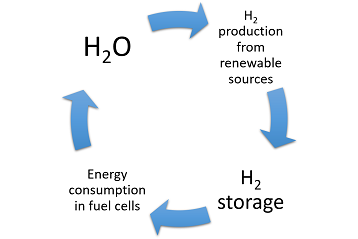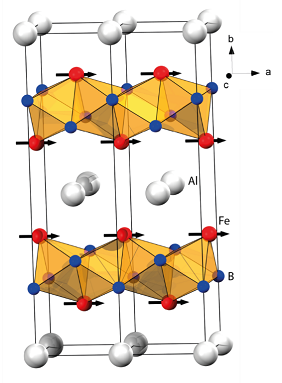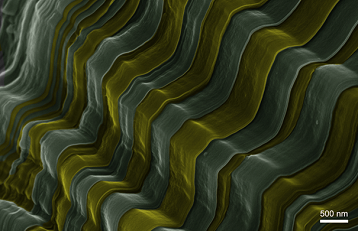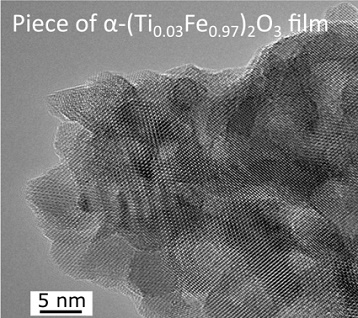New materials for sustainable development and energy

Development of new materials that provide better performance and that can replace environmentally hazardous substances and critical elements.
Our research within sustainable development and energy
The change towards a more sustainable society, using renewable energy with no or a very low carbon dioxide foot-print, is a critical challenge human kind must meet. This requires not only new technical solutions, but also the development of new materials. For example, we need materials which can give better performing and longer lasting fuel cells, or improved capabilities to store energy in e.g. batteries or as hydrogen in alloys. Essential for the materials that will meet this challenge is also that they consist of abundant elements, so that the developed technology can be implemented in a large scale. Thus, replacement of critical elements, which are detrimental for the environment or too expensive for practical use, is also an essential goal of this research.
Samarbetsparter
Ta bort denna layout + textmodul om stycket inte behövs.
Metal Hydrides for compression and storage
Hydrogen is special compared to other energy storage technologies in that it can fill roles in almost all aspects of the modern energy system so tailoring new metal hydrides is a true scientific challenge of high societal importance. We explore novel high entropy alloys and hydrides for application in systems for hydrogen production, compression and storage.

Magnetic materials for sustainable energy conversion
Magnetic materials are a vital component in energy generation and conversion in modern day society. The most powerful magnets currently available are based on rare-earth elements (REE), which are a contested resource that is expensive to extract, both in terms of money and the environmental impact. As an alternative, REE mineral compositions can be utilised directly to obtain powerful magnetic materials via small chemical alterations, thus eliminating the most polluting step in the REE extraction. We will utilise Swedish ores to create powerful magnetic materials for energy conversion and develop structures optimised for the targeted applications.

New battery materials
This research deals with fundamental electrochemistry and the development of materials and electrochemical methods that can be used in e.g. Li-based batteries and supercapacitors. Electrochemical techniques are used to manufacture materials and to study the electrochemical properties (including the corrosion resistances) of different materials.

Materials for energy conversion
To create a energy system based on renewable energy, improved and new solutions for energy conversions are required. This also requires new materials, both those that are directly involved in the energy conversions, such as photocatalysts, or photon absorption materials for photo voltaics; but also other materials needed to create complete devices operating in real-life conditions. Within the research programme of inorganic chemistry, research is conducted into new semiconductor materials by solution chemistry, as well coating materials with tuneable optical properties with applicability fore renewable energy conversion.

Contact
- If you have questions about our research, you are welcome to contact the programme professor Professor Martin Sahlberg.
- Martin Sahlberg
